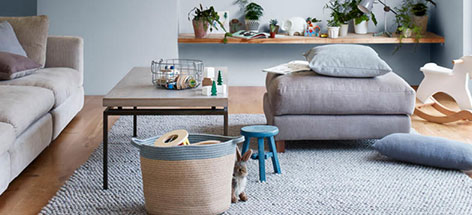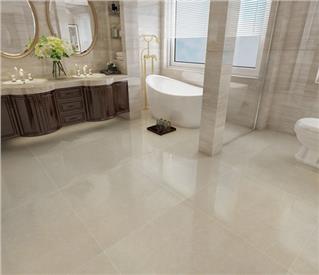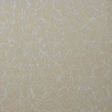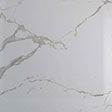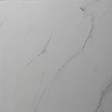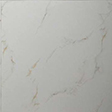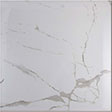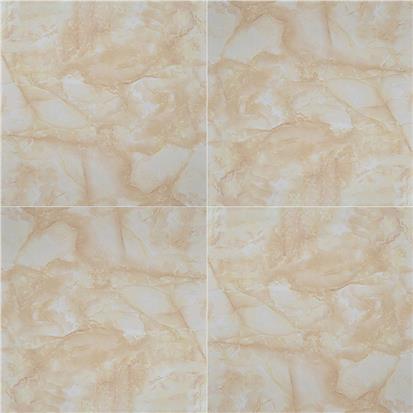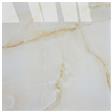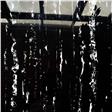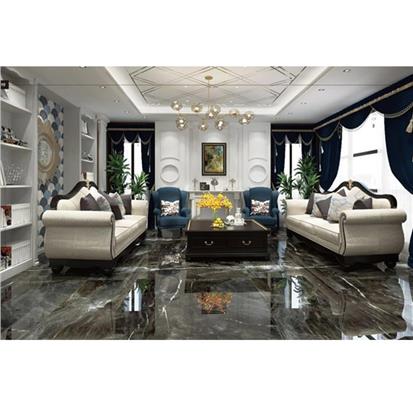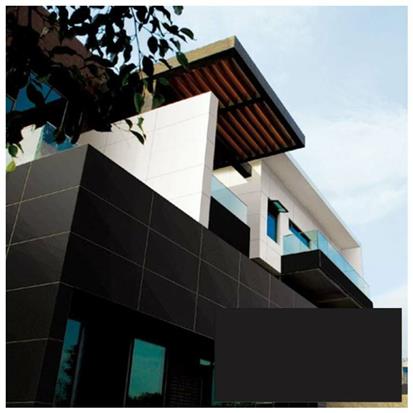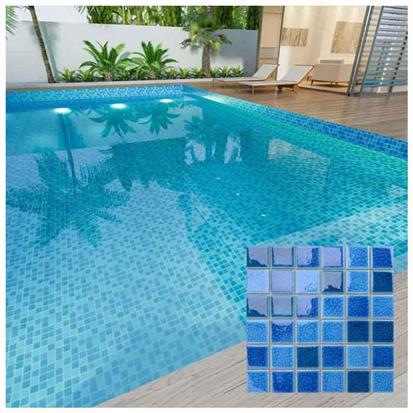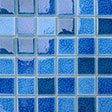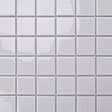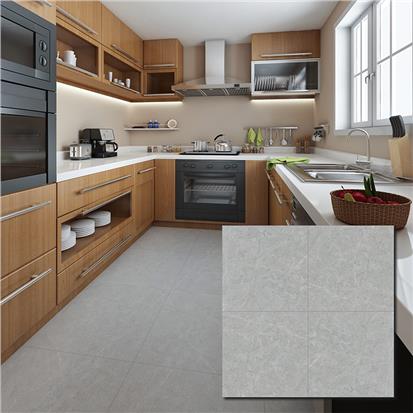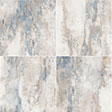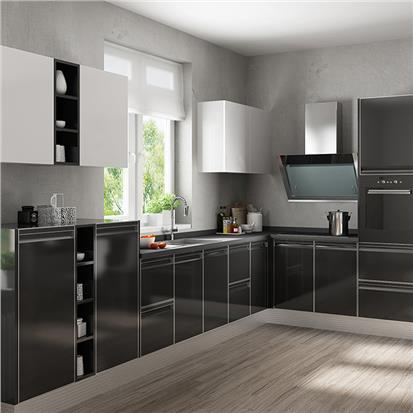When it comes to flooring options, there are many choices available in the market. One of the most popular and durable options is porcelain tile flooring. Porcelain tile flooring is made from a mixture of clay, sand, and other natural materials that are fired at a high temperature to create a dense and hard material that is ideal for flooring. In this article, we will delve into the history, advantages, and disadvantages of porcelain tile flooring, the types of porcelain tile flooring, and how it compares to other flooring options. We will also provide tips on how to select, install, and maintain porcelain tile flooring.

What is Porcelain Tile Flooring?
Porcelain tile flooring is a type of ceramic tile flooring that is made from a specific type of clay that is fired at a very high temperature to create a denser and more durable material than regular ceramic tiles. Porcelain tile flooring is known for its strength, durability, and resistance to moisture, scratches, and stains. It is also available in a variety of colors, textures, and patterns, making it a versatile option for any space.
History of Porcelain Tile Flooring
The history of porcelain tile flooring dates back to ancient China, where the production of porcelain was a closely guarded secret. It wasn't until the 16th century that porcelain tile flooring was introduced to Europe, and it quickly became a popular choice for flooring and wall coverings. In the 19th century, porcelain tile flooring production began in the United States, and it has since become a popular choice for both residential and commercial spaces.
Advantages of Porcelain Tile Flooring
Porcelain tile flooring offers many advantages over other flooring options. It is extremely durable and long lasting, making it ideal for high-traffic areas. It is also resistant to moisture, scratches, and stains, making it easy to clean and maintain. Porcelain tile flooring is available in a wide range of colors, textures, and patterns, making it a versatile option for any space. Additionally, it is resistant to fading, making it ideal for areas with high exposure to sunlight.
Disadvantages of Porcelain Tile Flooring
While porcelain tile flooring offers many advantages, it also has some disadvantages to consider. It can be expensive compared to other flooring options, and it can be difficult to install for those who are not experienced with tile installation. Porcelain tile flooring can also be slippery when wet, making it less ideal for areas where slip resistance is important. Additionally, it can be hard and uncomfortable to stand on for long periods.
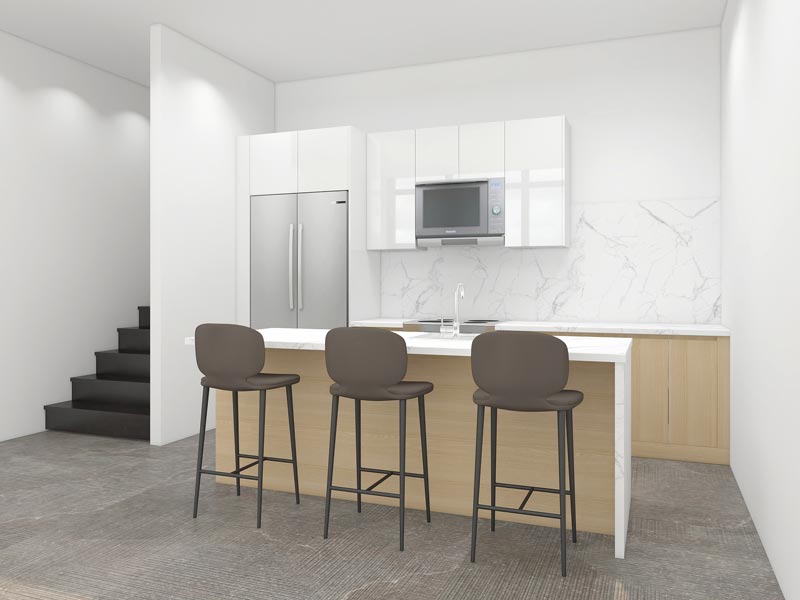
Types of Porcelain Tile Flooring
Porcelain tile flooring comes in several different types, each with its unique characteristics and benefits. Here are the most common types:
Glazed Porcelain Tile Flooring: This type of porcelain tile flooring has a glass-like surface and is available in a wide range of colors and patterns.
Full-Body Porcelain Tile Flooring: This type of porcelain tile flooring has a consistent color throughout the entire tile, making it ideal for high-traffic areas.
Double-Charge Porcelain Tile Flooring: This type of porcelain tile flooring has two layers of pigments, giving it a more vivid color and pattern.
Polished Porcelain Tile Flooring: This type of porcelain tile flooring has a shiny, reflective surface that can add a touch of elegance to any space.
Matte Finish Porcelain Tile Flooring: This type of porcelain tile flooring has a non-reflective surface and is less slippery than polished porcelain tile flooring.
Porcelain Tile Flooring vs. Other Flooring Options
Porcelain tile flooring is often compared to other flooring options, such as ceramic tile flooring, natural stone flooring, vinyl flooring, laminate flooring, and hardwood flooring. Here's how it compares:
Porcelain Tile Flooring vs. Ceramic Tile Flooring: Porcelain tile flooring is denser and more durable than ceramic tile flooring, making it more resistant to scratches, stains, and moisture. Porcelain tile flooring also has a lower water absorption rate than ceramic tile flooring, making it ideal for areas with high exposure to moisture, such as bathrooms and kitchens.
Porcelain Tile Flooring vs. Natural Stone Flooring: Porcelain tile flooring can mimic the look of natural stone flooring, but it is more durable and easier to maintain. Natural stone flooring is prone to scratches and staining, and it requires regular sealing to maintain its appearance.
Porcelain Tile Flooring vs. Vinyl Flooring: Vinyl flooring is less expensive than porcelain tile flooring, but it is not as durable or long-lasting. Vinyl flooring can also be prone to scratches and fading, and it can be difficult to repair if damaged.
Porcelain Tile Flooring vs. Laminate Flooring: Laminate flooring is less expensive than porcelain tile flooring, but it is not as durable or moisture-resistant. Laminate flooring can also be prone to scratches and fading, and it cannot be refinished or repaired.
Porcelain Tile Flooring vs. Hardwood Flooring: Hardwood flooring is a classic choice for flooring, but it is not as durable or moisture-resistant as porcelain tile flooring. Hardwood flooring can also be prone to scratches and staining, and it requires regular maintenance to keep it looking its best.

Selecting Porcelain Tile Flooring
When selecting porcelain tile flooring, there are several factors to consider to ensure that you choose the right type of tile for your space. Here are some tips:
Choosing the Right Size and Shape of Porcelain Tile Flooring: The size and shape of porcelain tile flooring can impact the overall look and feel of your space. Larger tiles can make a room feel bigger, while smaller tiles can add texture and interest.
Choosing the Right Color of Porcelain Tile Flooring: The color of porcelain tile flooring can impact the mood and style of your space. Lighter colors can make a room feel more open and airy, while darker colors can add drama and sophistication.
Choosing the Right Texture of Porcelain Tile Flooring: The texture of porcelain tile flooring can impact its slip-resistance and overall feel. Textured tiles can provide more grip and traction, while smooth tiles can add a sleek and modern look.
Choosing the Right Grade of Porcelain Tile Flooring: The grade of porcelain tile flooring refers to its quality and durability. Higher grades of tile are more durable and long-lasting, but they can also be more expensive.
Choosing the Right Style of Porcelain Tile Flooring: The style of porcelain tile flooring can impact the overall look and feel of your space. Whether you prefer a classic or modern look, there are many styles of porcelain tile flooring to choose from.
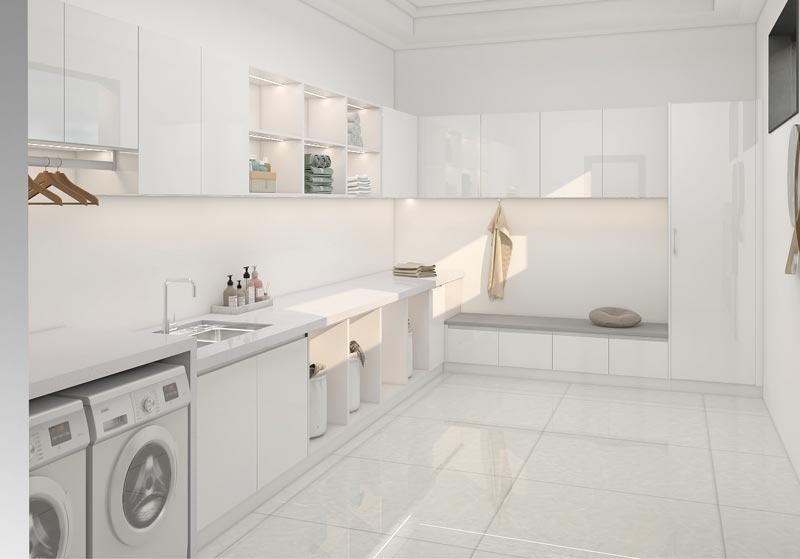
Installing Porcelain Tile Flooring
Porcelain tile flooring is a popular choice among homeowners and commercial builders due to its durability and versatility. Porcelain tiles are made from dense and fine-grained clay, which is fired at high temperatures to produce a hard, strong, and impervious tile. It can be installed in a wide range of indoor and outdoor settings and is ideal for high-traffic areas like entryways, kitchens, and bathrooms. In this article, we will provide a comprehensive guide to installing, sealing, and maintaining porcelain tile flooring.
Preparing the Subfloor for Porcelain Tile Flooring Installation
Before installing porcelain tile flooring, it is essential to prepare the subfloor properly. The subfloor should be clean, dry, level, and structurally sound. Any unevenness or bumps in the subfloor can cause the tile to crack or become loose. If the subfloor is not level, a self-leveling compound can be used to create a smooth surface. In some cases, the subfloor may need to be reinforced to ensure it can support the weight of the porcelain tiles.
Installing Porcelain Tile Flooring on a Concrete Subfloor
Porcelain tile flooring can be installed on a concrete subfloor using a thin-set mortar. The thin-set mortar should be spread evenly on the subfloor using a trowel. The porcelain tiles should then be placed on top of the mortar and pressed down firmly. A tile spacer can be used to ensure even spacing between the tiles. Once the tiles are in place, they should be allowed to dry for at least 24 hours before grouting.
Installing Porcelain Tile Flooring on a Wooden Subfloor
When installing porcelain tile flooring on a wooden subfloor, it is essential to ensure that the subfloor is strong enough to support the weight of the tiles. The wooden subfloor should be covered with a cement board or an uncoupling membrane to prevent any movement in the subfloor. A thin-set mortar can then be applied to the cement board or uncoupling membrane before the porcelain tiles are installed. It is important to allow the tiles to dry for at least 24 hours before grouting.
Installing Porcelain Tile Flooring on a Radiant Heat System
Porcelain tile flooring can be installed on top of a radiant heat system. However, it is important to use a flexible thin-set mortar that can withstand the expansion and contraction of the heating system. The porcelain tiles should be installed using the same method as on a concrete or wooden subfloor. It is important to allow the tiles to dry for at least 24 hours before turning on the radiant heat system.
Sealing Porcelain Tile Flooring after Installation
Sealing porcelain tile flooring after installation can help protect the tiles from stains and scratches. A penetrating sealer can be applied to the tiles using a brush or roller. The sealer should be allowed to soak into the tiles for at least 10 minutes before wiping away any excess sealer with a clean cloth. It is important to allow the sealer to dry for at least 24 hours before walking on the tiles.

Maintaining Porcelain Tile Flooring
Porcelain tile flooring is relatively easy to maintain, but it is important to follow some basic guidelines to keep it looking its best.
Cleaning Porcelain Tile Flooring
To clean porcelain tile flooring, sweep or vacuum regularly to remove dirt and debris. Mop the tiles with warm water and a mild detergent, avoiding harsh chemicals that can damage the tiles.
Removing Stains from Porcelain Tile Flooring
Stains can be removed from porcelain tile flooring using a mixture of baking soda and water. Apply the mixture to the stain and let it sit for at least 10 minutes before wiping it away with a clean cloth.
Preventing Scratches and Cracks in Porcelain Tile Flooring
To prevent scratches and cracks in porcelain tile flooring, avoid using abrasive cleaners or heavy furniture that can scratch or crack the tiles. Place felt pads under furniture legs and use a mat or rug in high-traffic areas.
Repairing Porcelain Tile Flooring
If a porcelain tile becomes cracked or damaged, it can be replaced by removing the grout around the tile and carefully removing the damaged tile. A new tile can then be installed using a thin-set mortar and allowed to dry for 24 hours before grouting.

Porcelain tile flooring is a durable and versatile option for homeowners and commercial builders alike. Proper preparation of the subfloor, careful installation, and regular maintenance can help ensure that porcelain tile flooring lasts for many years. By following the tips outlined in this article, you can enjoy the beauty and durability of porcelain tile flooring in your home or business.
Overall, porcelain tile flooring is an excellent choice for those seeking a durable, low-maintenance, and stylish flooring option. While the installation process may be more challenging than other flooring options, the result is a beautiful and long-lasting floor that can withstand heavy traffic and frequent use. Consider porcelain tile flooring for your next home renovation project or commercial building project.
 EN
EN FR
FR PT
PT AR
AR
